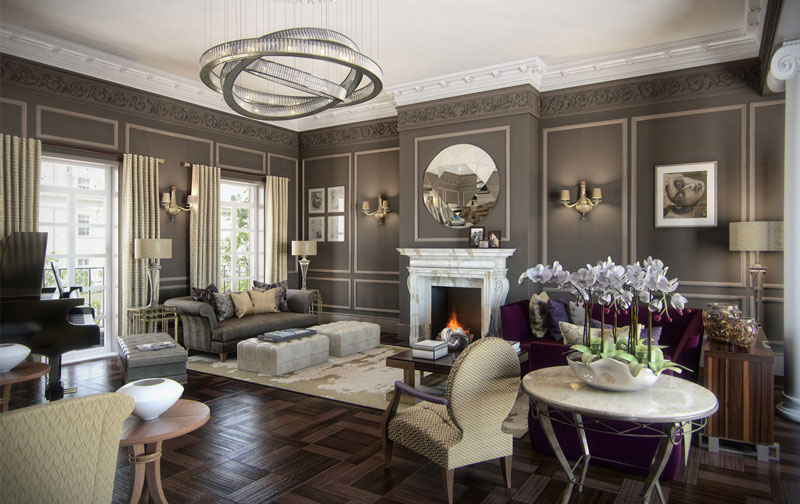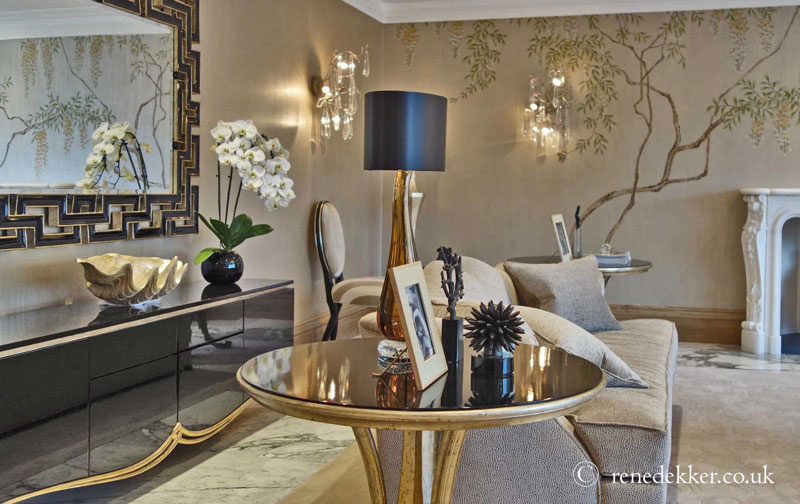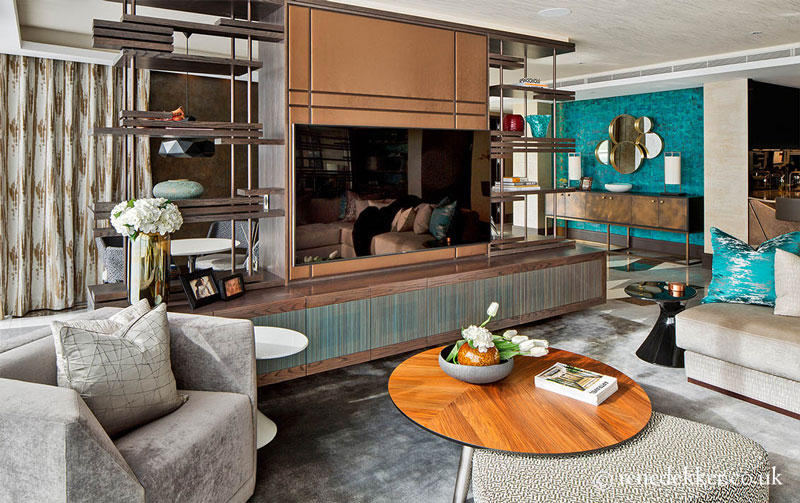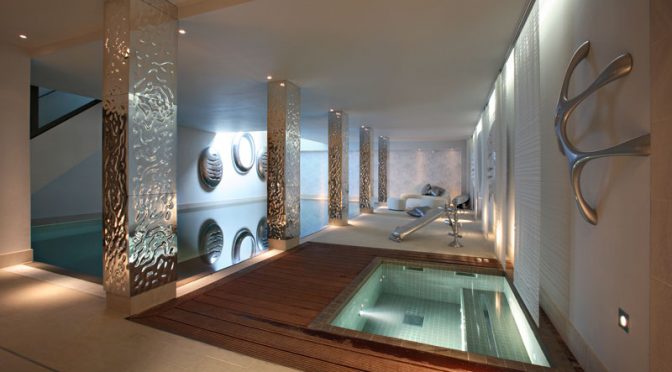Our surroundings affect how we live, function and feel, and a top interior designer should be able not only to understand this concept, but be able to translate it into reality.
Interior design is a way of creating a space that suits our needs, whether it’s dealing with a comfortable and elegant home environment, or a stylish work arena, in an aesthetically pleasing manner.
A good interior design should be able to show the client that their ideas satisfy their requirements, while at the same time, convince them that their own amendments and professional expertise can elevate these original ideas into something unique.
The profession has changed dramatically since the early 20th century when it was just beginning to emerge as a career. Today, an interior designer is expected to craft spaces that anticipate our needs, and appeal to our emotions while pulling from a broad set of skills and technical knowledge.

When considering commissioning an interior designer, there are a few key elements to consider. The first is about knowing the difference between an interior designer and an interior decorator.
Although it might seem a small word difference, the gulf between the two is a more of a chasm. Pretty much anyone can claim to be an interior decorator. Often it’s someone who has already had a career and has decided to move into the world of interiors because they love playing with colour, fabric and paint charts. There are definitely decorators who can offer a good service, and both need creative flair and a good eye. But the key elements that differentiate them from interior experts are education and experience and a good grounding in the fundamentals of building and design. This holds especially true when working to achieve luxury interior design.
An interior designer should have an accredited academic background, such as a degree or diploma. This ensures an understanding of the process in which technical and structural requirements meet creativity to create a seamless solution. In turn, these results should enhance the quality of life of the occupants regardless of the function of the space.

To achieve this, interior designers need knowledge of architecture, graphic design, decorative arts, textiles, furnishings, and lighting design. This is so they can work effectively with contractors, b, engineers, craftsmen, furniture dealers, and other business to ensure that overseeing the project goes smoothly.
In addition to these academic skills, there’s the personality of the client to consider. When it comes to clients, a luxury interior designer should know how to interpret their ideas into a reality, steering their goals and plans into something unique and, usually, significantly better than first anticipated.
An experienced interior designer will also be able to navigate the pitfalls of general likes and dislikes of their clients, very much acting as a mediator. They are able to collaborate with them and juggle their own design decisions with their clients’ needs to create something that fulfils the brief, but with flair and professionalism.
On any given project, an interior designer’s brief would usually comprise a myriad skill, starting off with a pitch to secure the contract. Typically this would include a series of drawings and diagrams, often with software applications for 2D & 3D computer-aided design and building information modelling. This is all to help the client have a vision of the finished product.

At this stage, there would also be a general breakdown of the budget so the client knows, barring any nasty surprises, what to expect. This also applies to the timescale of the project, as an estimate as to how long the work might take is also important.
Once the contract has been secured, the plans go into the next phase of ensuring that guidelines (any building regulations, accessibility, public health and safety) are all met. In a similar vein, and depending on the scale of the project, there are conversations to be had with architects, structural, mechanical and electrical engineers, and various specialty consultants such as flooring or lighting experts.
When all the structural elements are in place, the final elements of the transformation can begin – when the initial plans of a scheme are lifted off the page and become a reality. Materials, textiles, finishes and colours are used to work in a harmonious and balanced way to create the best effect possible. This is where a client’s dream can be realised, and where the collaborate vision of client and designer is better than they could possibly have imagined. It’s where the magic happens.
